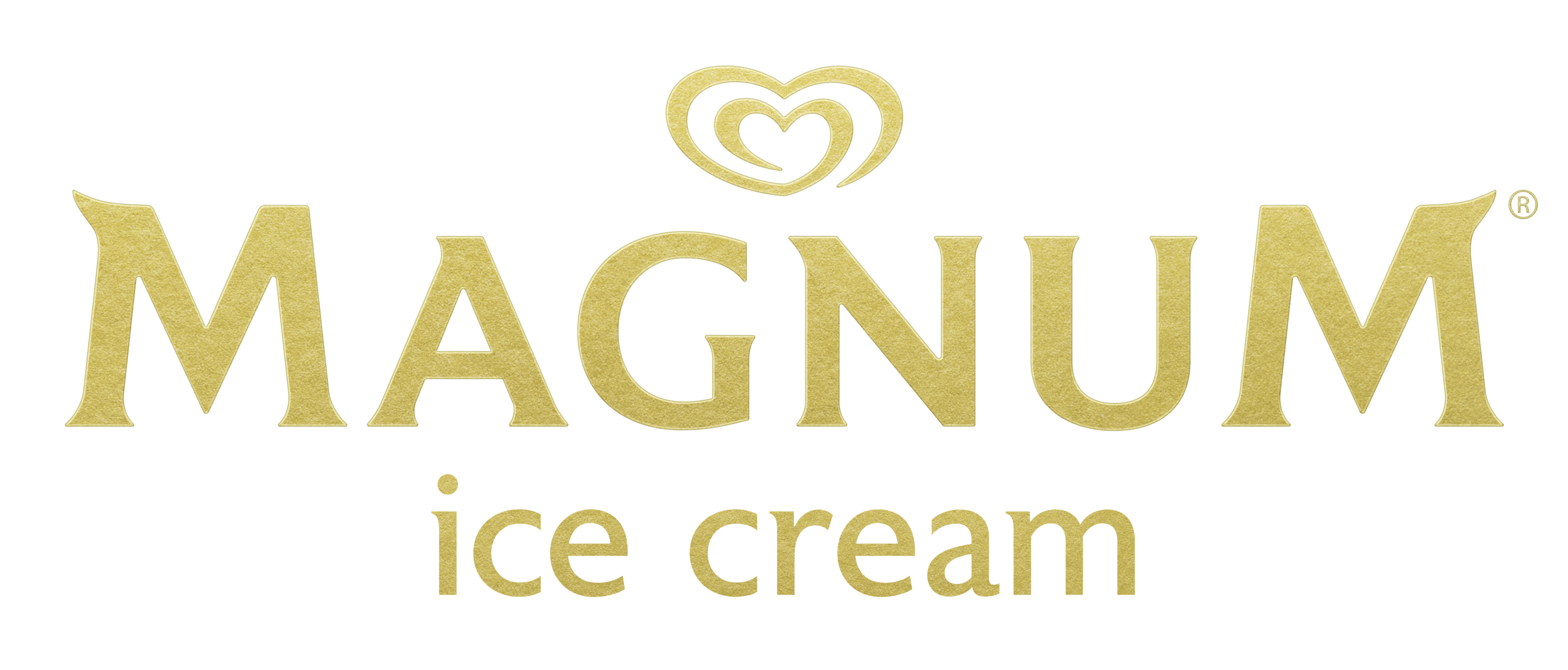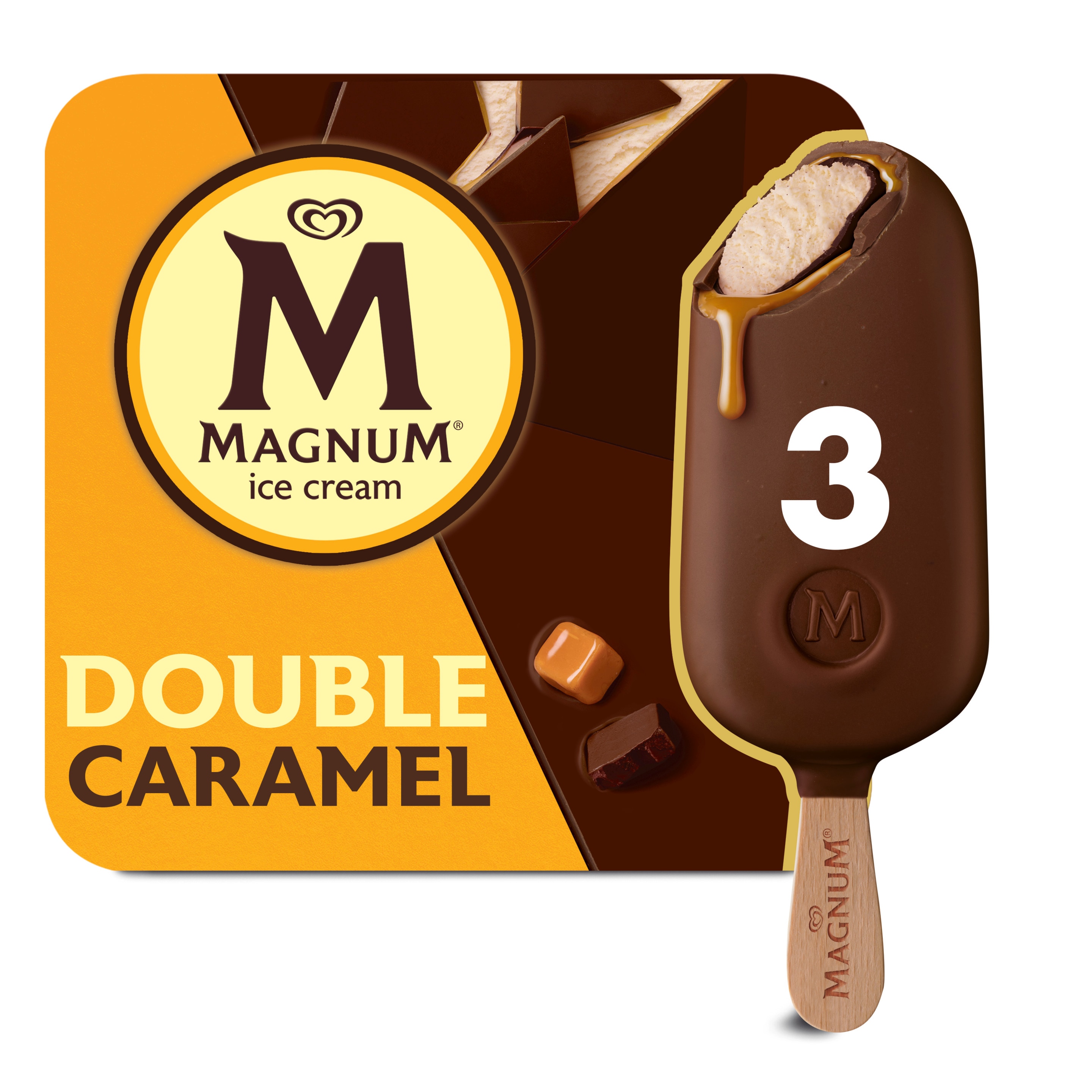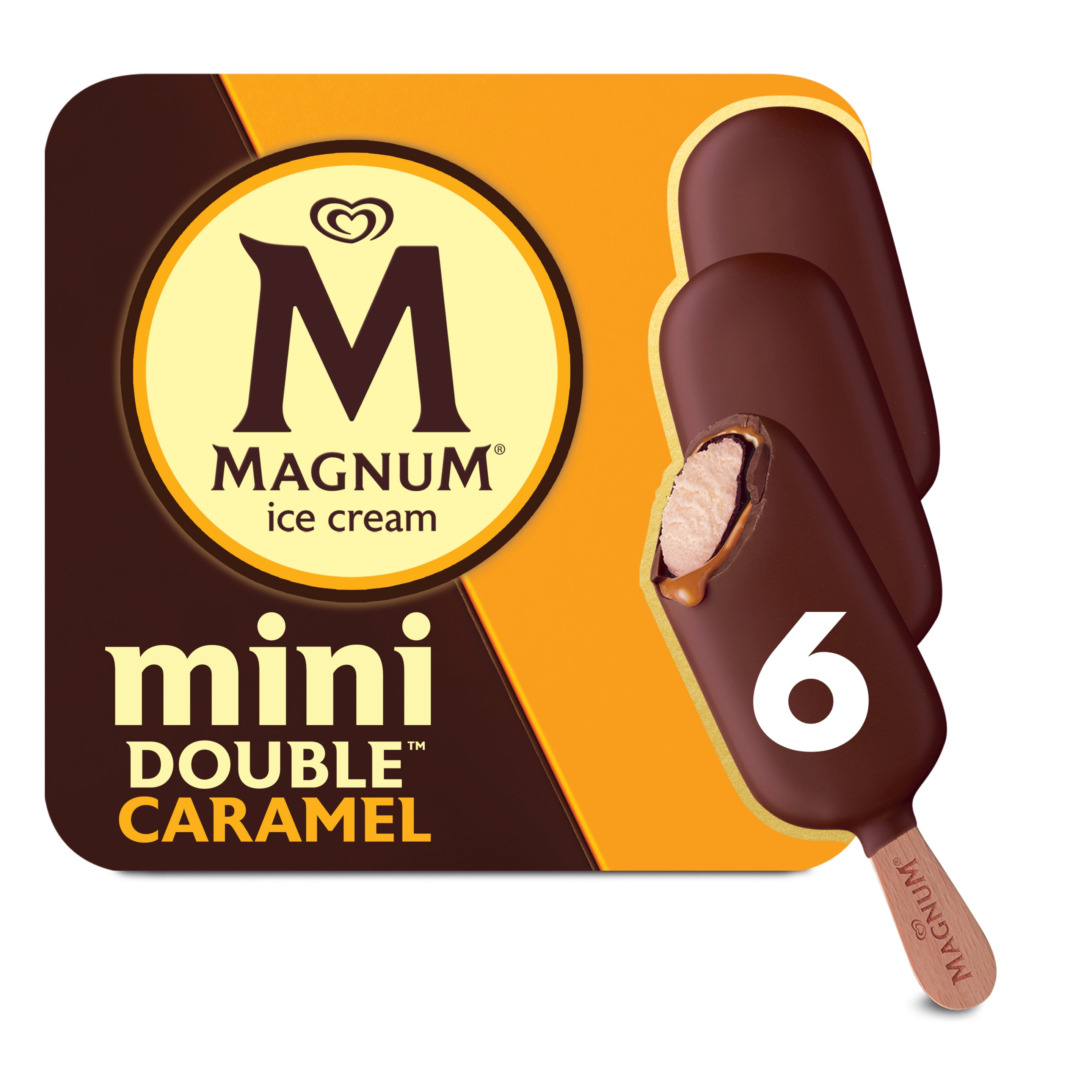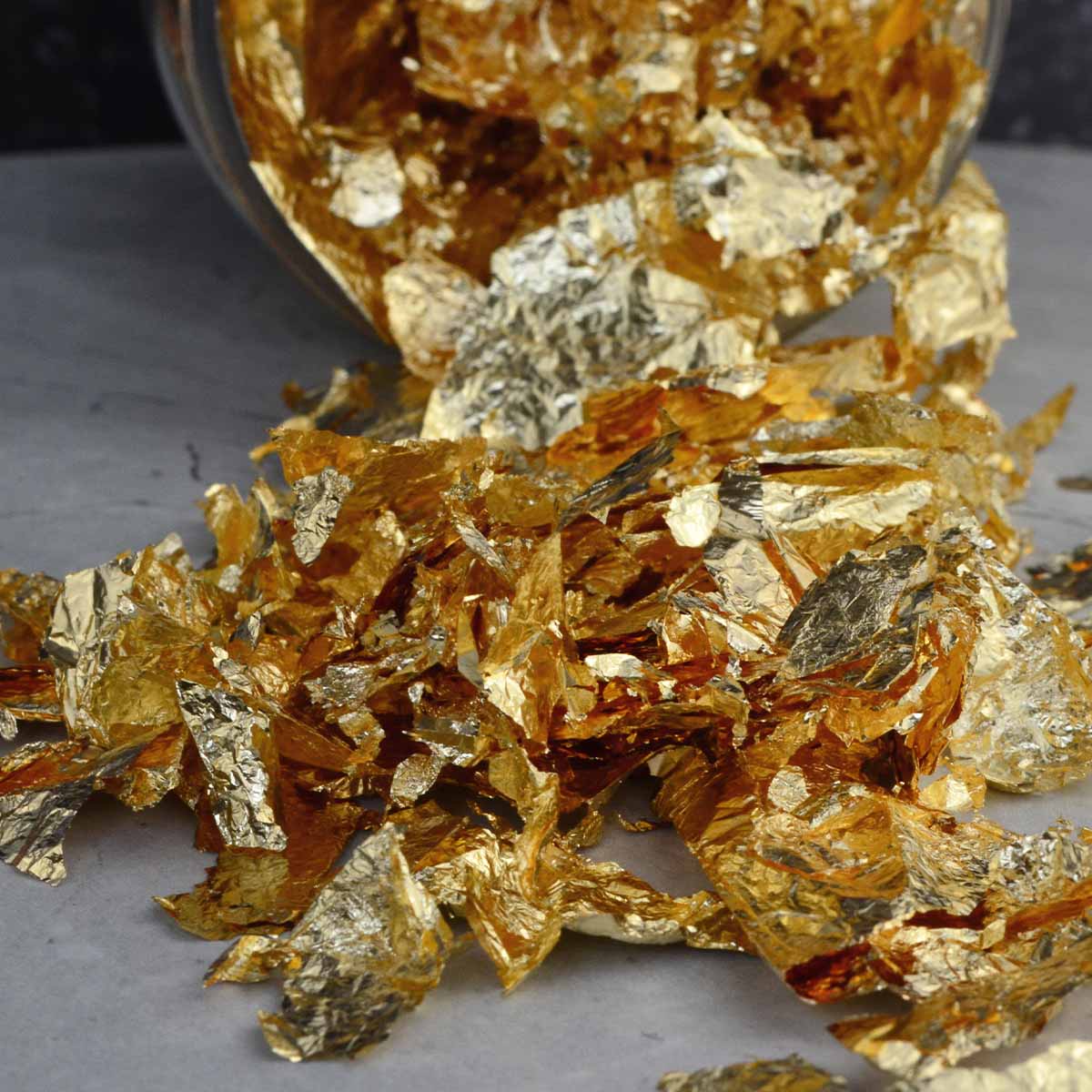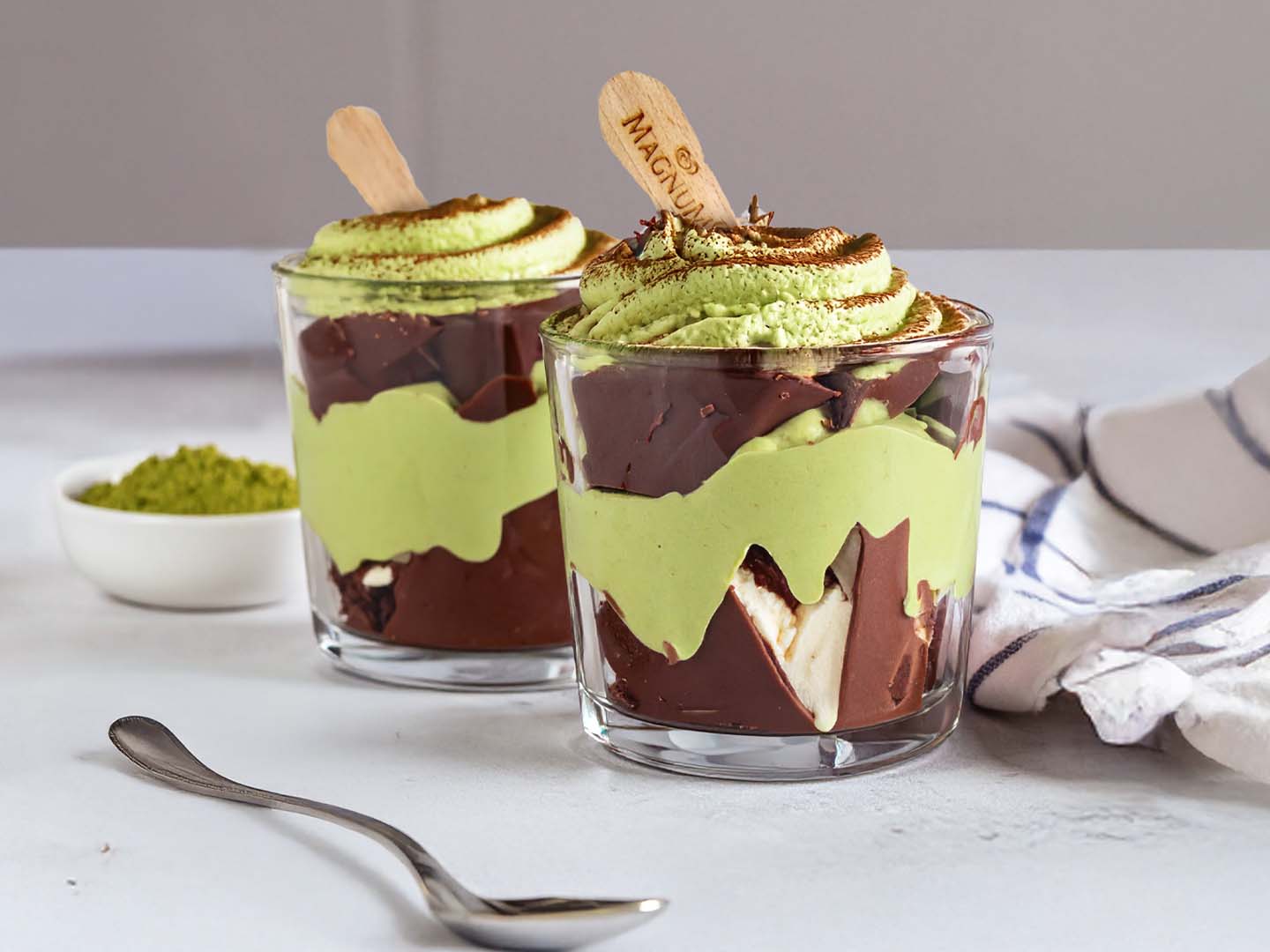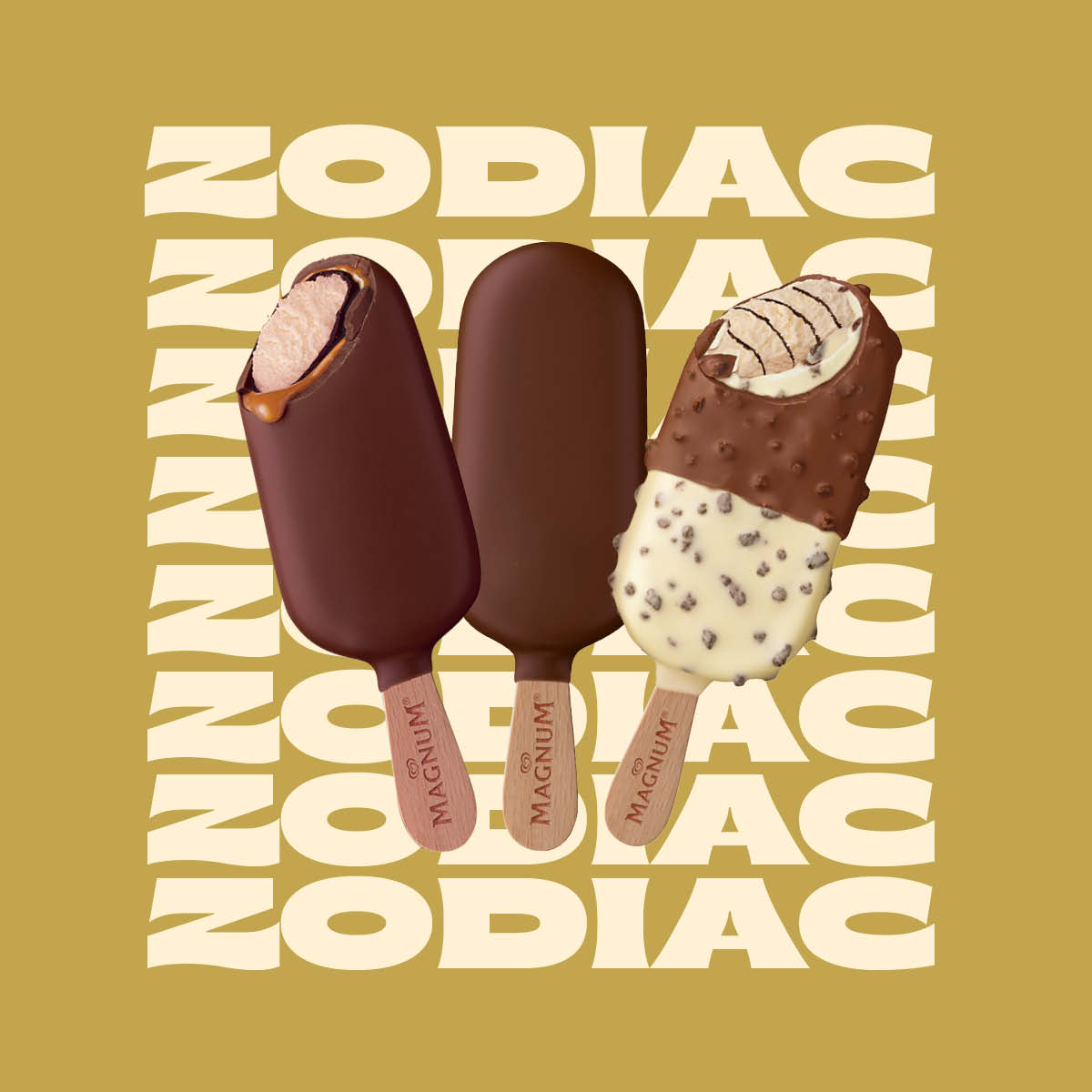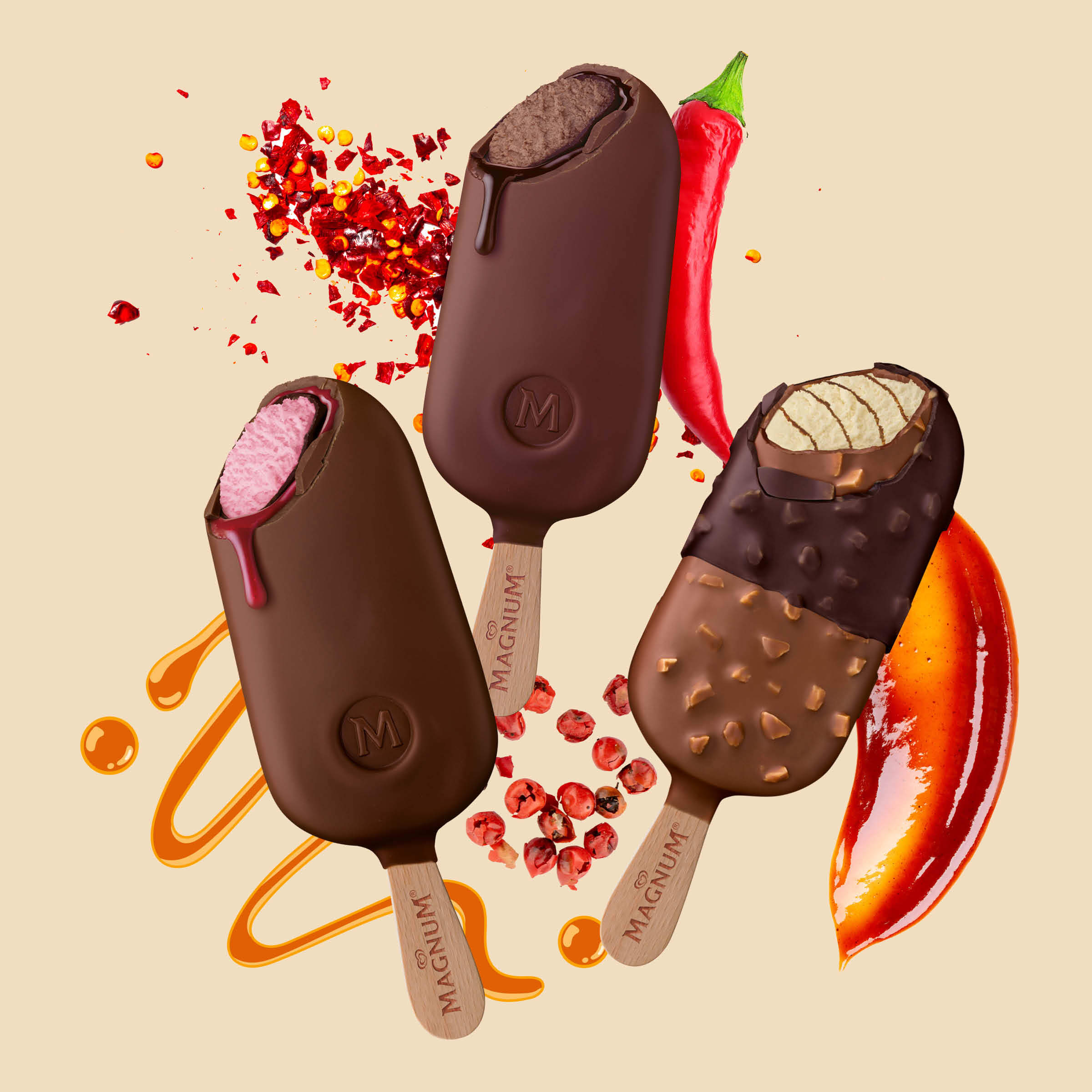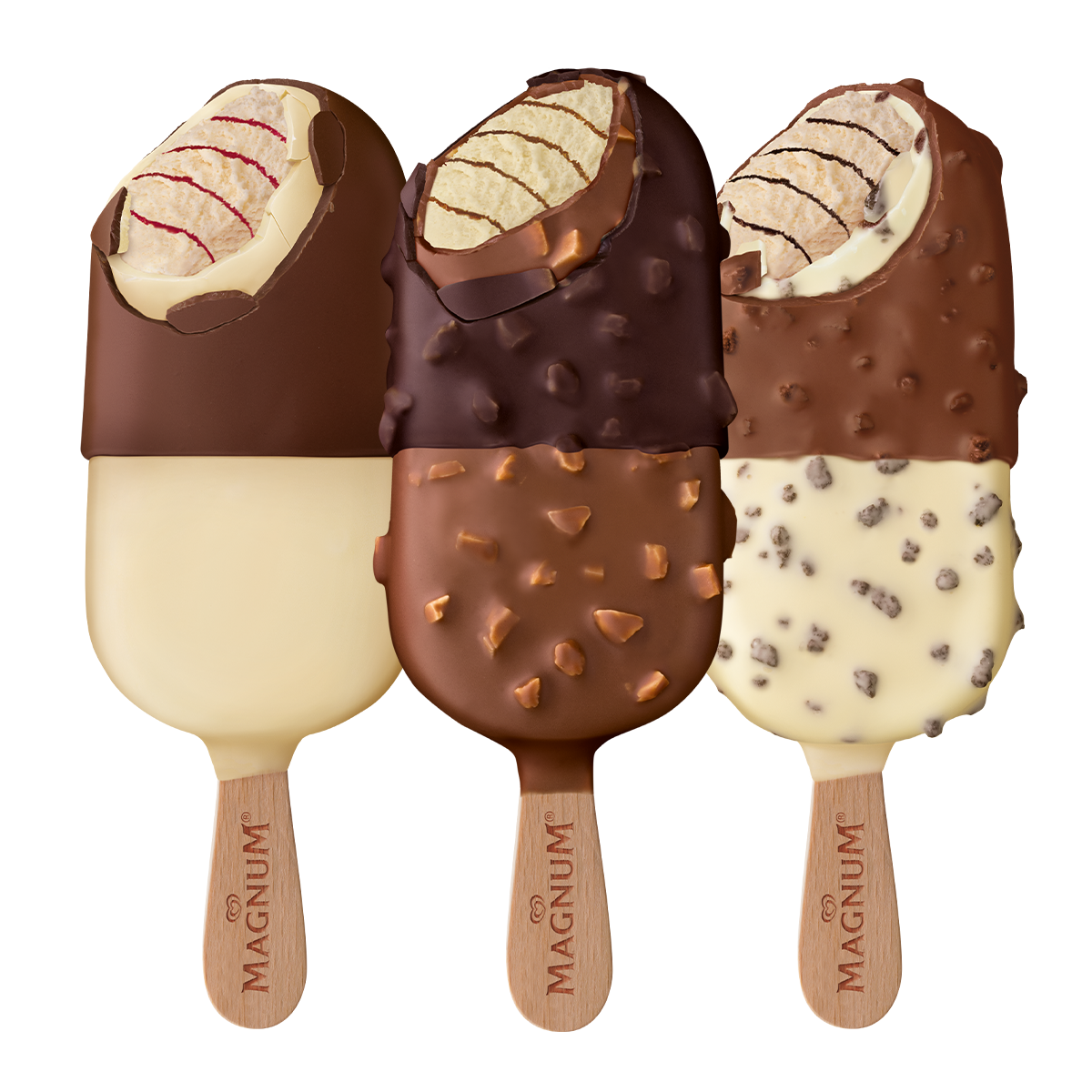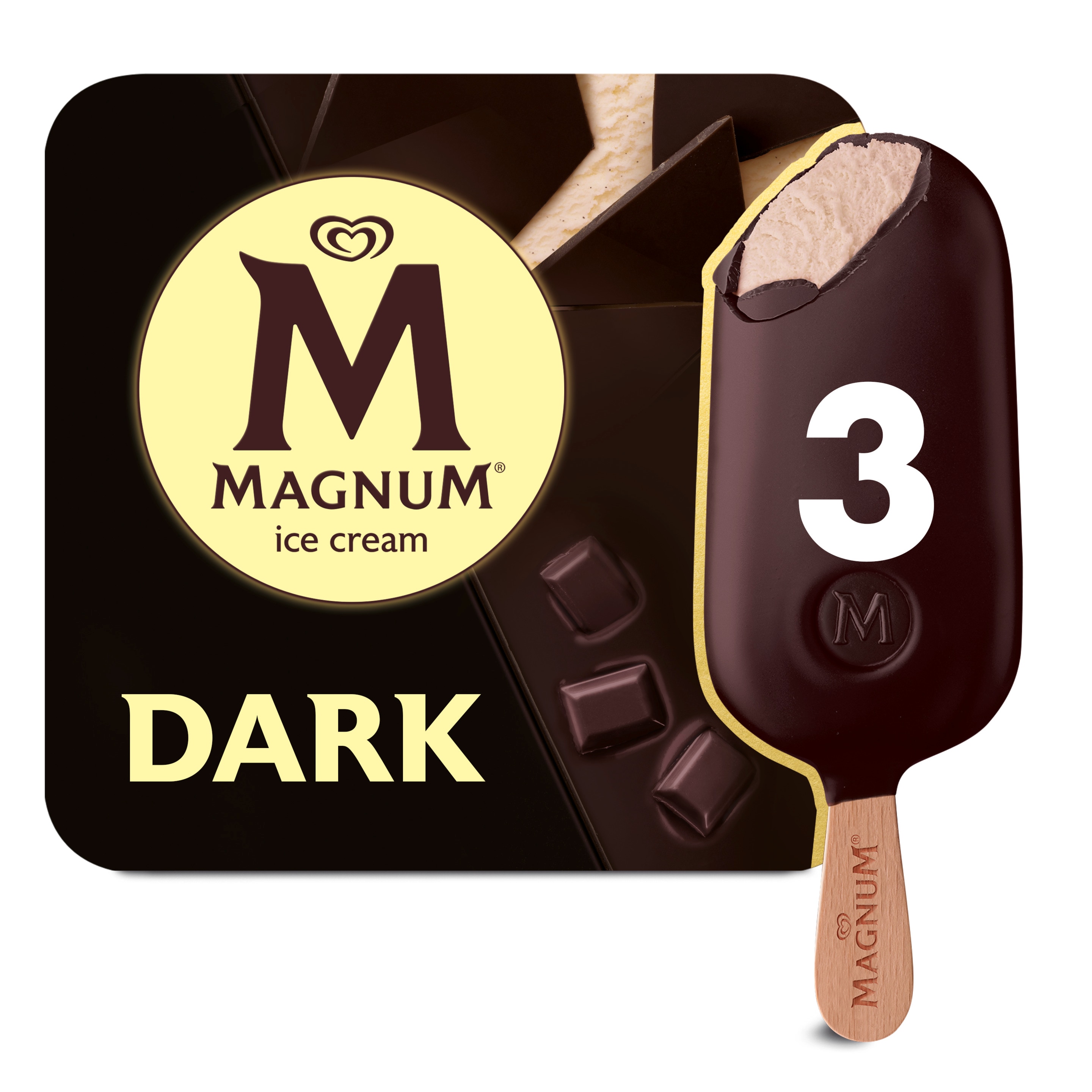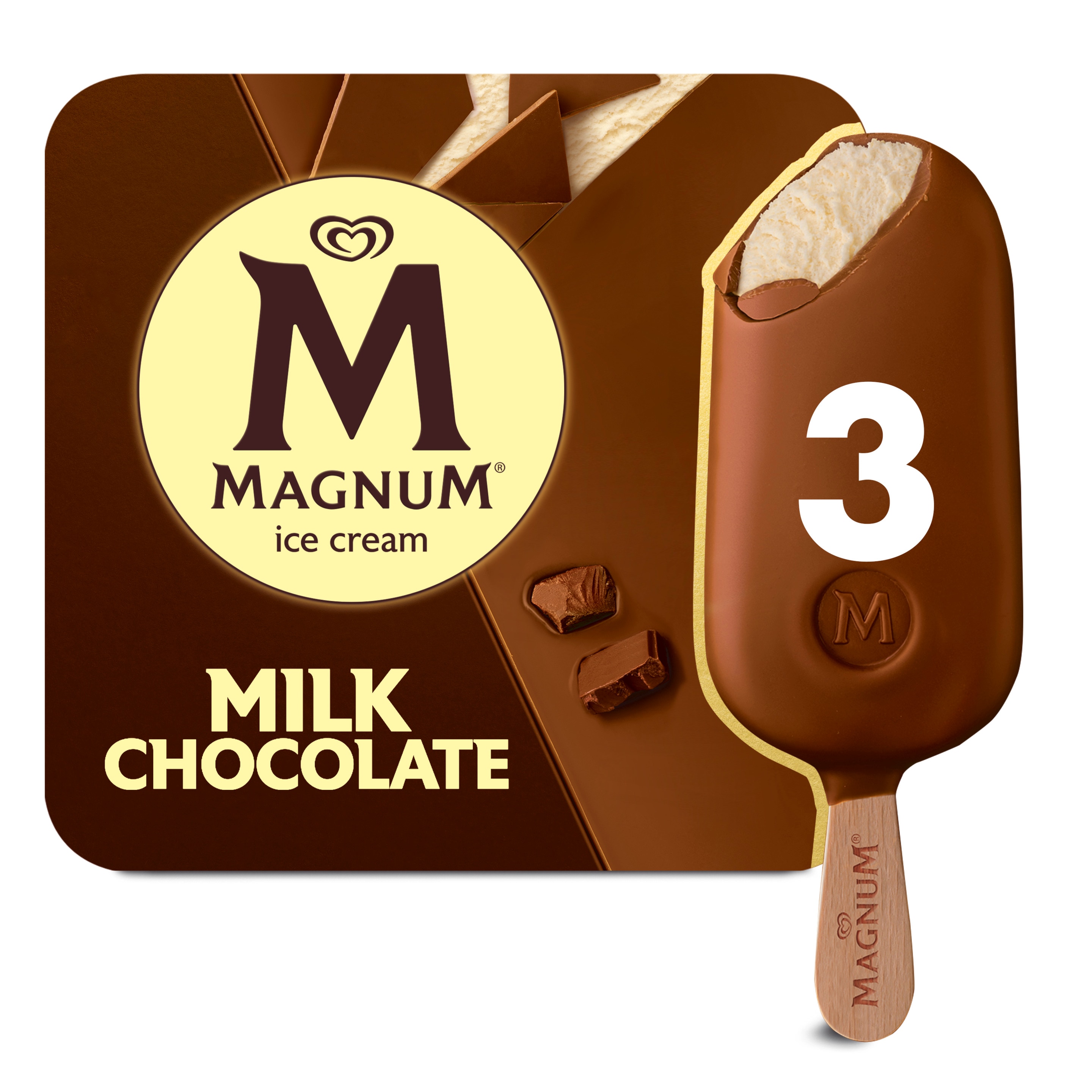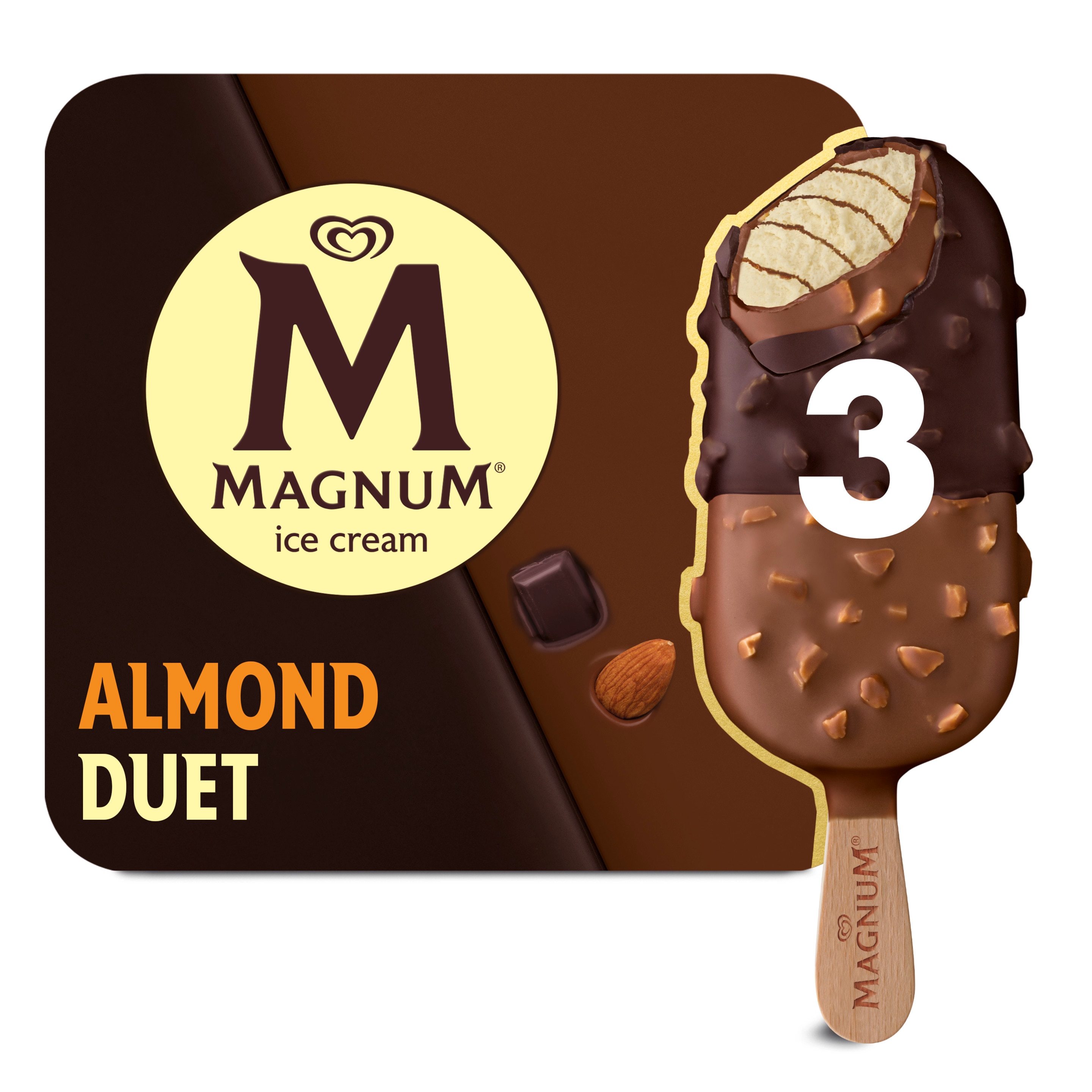Skip to:
Food
What is the History of Caramel?
Much like any treat or food enjoyed around the world, caramel has evolved from its origin. Caramel has been adapted by many cultures, each putting their own spin on this delicious candy. But where did it all begin?
Let’s take a closer look at the history of caramel—from its earliest origins to the rich, golden confection we know today. It’s a story as layered and fascinating as caramel itself.
Who Invented Caramel?
The origins of caramel are as rich as its flavor—but when it comes to pinpointing exactly who invented caramel, history is a little hazy.
Some historians believe that as early as 1000 AD, Arab confectioners may have been among the first to boil sugar and water into a hard, crunchy sweet. However, caramel’s earliest uses weren’t always edible. It’s believed that Arabs originally made a similar sugar mixture as a beauty product. As trade expanded, variations of caramel found their way to Europe and North America, evolving into the treat we know today.
During the Middle Ages, refined sugar was a rare luxury, making caramel relatively uncommon. But by the 19th century, as sugar production expanded and became more affordable, caramel grew in popularity—especially in the Western world.
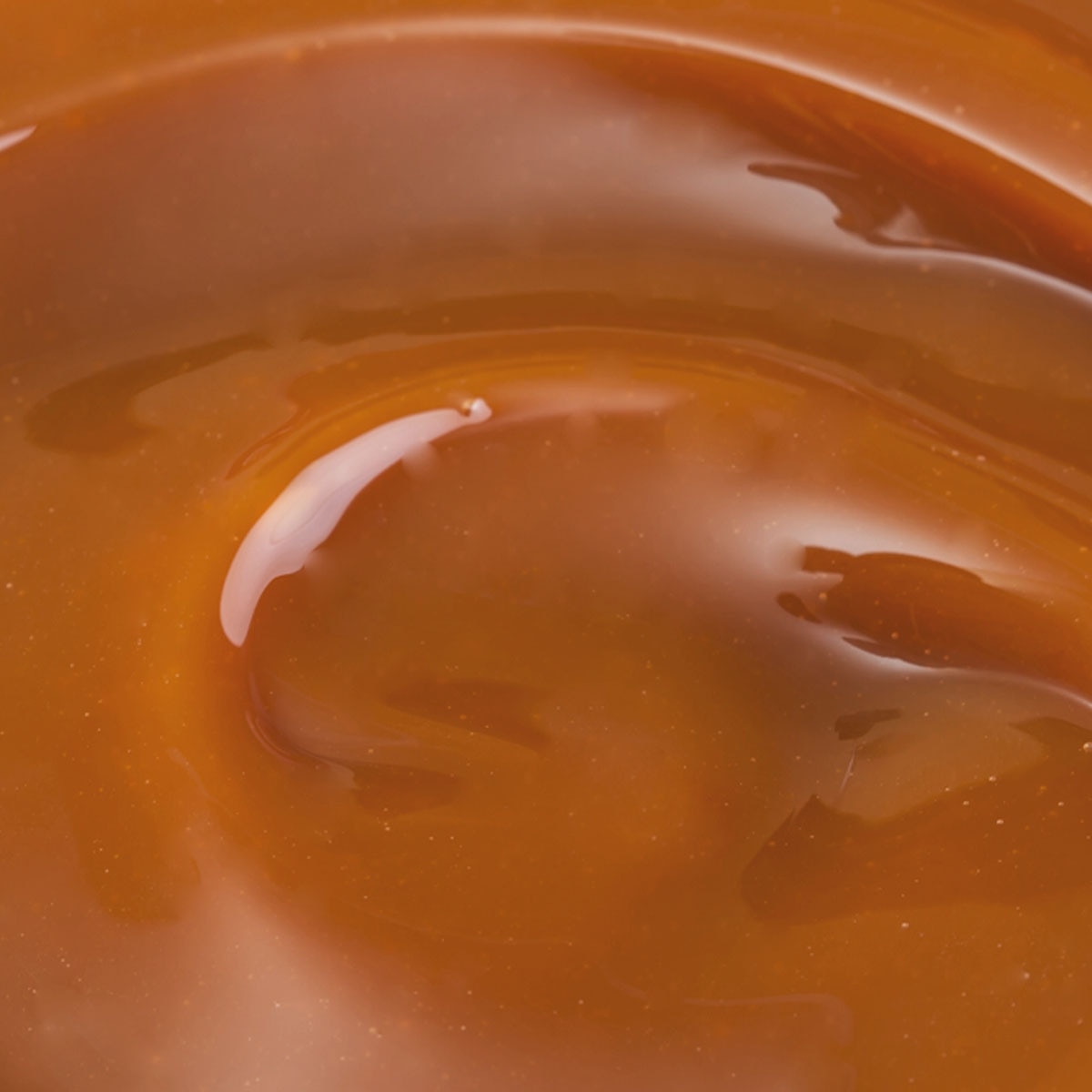
What we do know is that the word “caramel” comes from the Spanish caramelo, which is believed to trace back to Medieval Latin cannamellis—a combination of canna (cane) and mellis (honey).
So, How is Caramel Made?
Before exploring how caramel is made, let’s start with the basics—what exactly is caramel? At its core, caramel is simply sugar that’s been heated until it browns, a transformation known as caramelization. Over time, confectioners refined the process, adding cream and butter to create the smooth, indulgent treat we know today.
Depending on what you add, caramel can take on different textures and flavors:
Milk, cream, or condensed milk create a lighter, pourable caramel sauce perfect for drizzling over desserts.
Golden syrup or molasses deepen caramel’s signature sweetness.
Butter or oil soften the texture, making it ideal for coating nuts or confections.
Making caramel requires patience, heating sugar slowly to around 170 °C (340 °F). To make the caramel candy we love is slightly different and often viewed as quite the art form due to its difficulty.
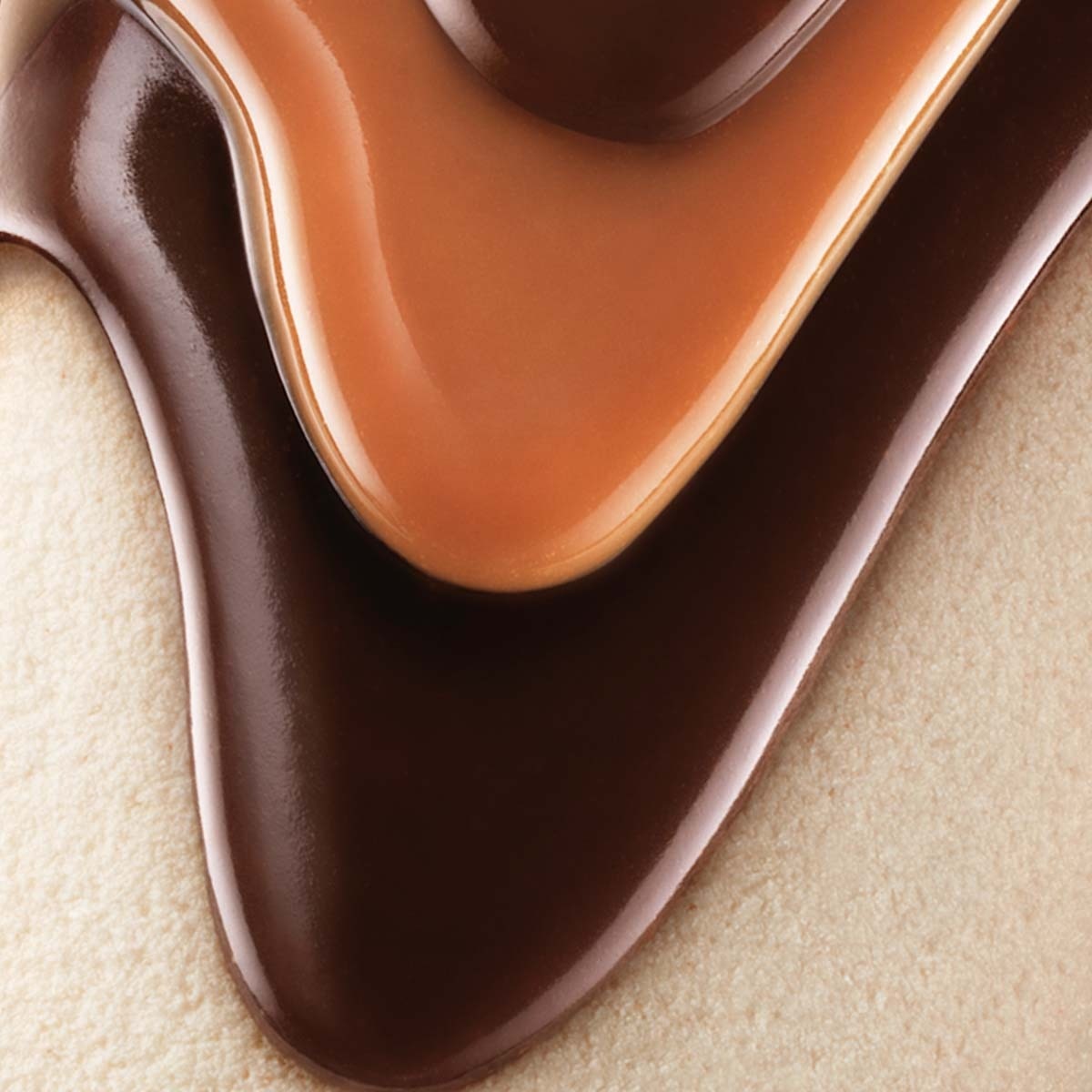
Caramel candy is created by boiling a mixture of milk or cream, sugar(s), glucose, butter, and vanilla. Making different caramels requires varying temperatures, often taking the ingredients from boiling to cooling. For example, traditional caramels are made by boiling sugar and glucose separately, then adding the cream and butter to the boiling mixture to instantly cool the ingredients, and then stirring and reheating the mixture back to 120 °C (250 °F).
Flavorings like vanilla or salt are typically mixed in at the end—adding them too soon would cause their delicate notes to burn off during caramelization.
It’s easy to confuse caramel with butterscotch or toffee, but the process is more specific than you might think. While all three involve sugar, it’s the timing, temperature, and choice of ingredients that set them apart.
Want to learn more? Read: The Ultimate Sweet Face-Off: Caramel vs. Everything Else
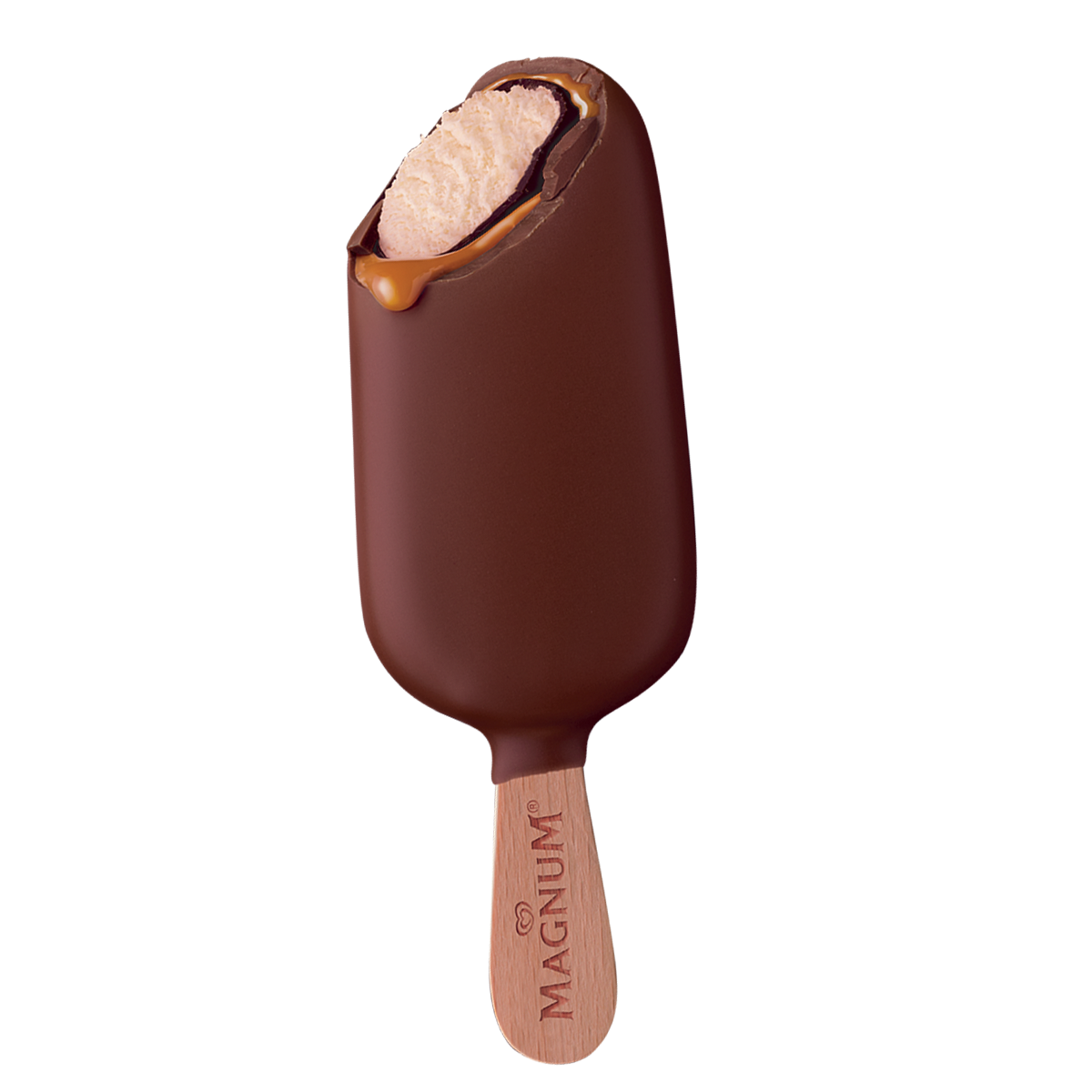
Magnum’s Caramel Ice Cream
At Magnum, we’ve mastered the art of caramel, and we’ve transformed it into a luxurious dessert experience Our Double Caramel Ice Cream Bar andMini Double Caramel Ice Cream Bars are a testament to our commitment to making dessert time a symphony of delicious pleasure.
Each ice cream bar combines the finest chocolate, velvety ice cream, and rich caramel, creating a decadent treat that’s simply impossible to resist—one bite, and you’ll be hooked.
Ready to take your love of dessert and caramel to the next level? These Magnum ice cream recipes will do the trick. Impress guests with our Double Caramel Espresso Martini at the next dinner party or try the delicious Caramel Corn Ice Cream Bars or Campfire S’mores Bars for the perfect party of two.
You can also taste our caramel bars alongside unique food pairings. For example, pairing it with cheese highlights the rich creaminess of the caramel, while bacon brings out its smoky sweetness.
To celebrate National Caramel Day, we’ve thought up a bunch of fun ways to indulge in all things caramel (including some seriously delicious desserts).
Caramel: A Timeless Sensation
From its origins in ancient cultures to its evolution as the star of modern desserts, caramel has cemented its place as one of the most beloved sweet treats in the world, whether it's in the form of silky custards, decadent candies, or indulgent Magnum ice cream bars. So go ahead and grab your favorite—there’s no better time than now to indulge in this delicious golden treat.
FAQs
Who invented caramel, and where did it originate?
The story behind caramel and where it originated is a bit murky. Some sources suggest it was first created by Arabs around 1000 AD, who boiled sugar and water into a hard, crunchy form, though it was originally used more for medicinal or cosmetic purposes than as a treat. As sugar became easier to obtain, especially in Europe, caramel evolved into the confectionery we're familiar with today.
What is caramel made of, and how is it different from toffee?
Caramel consists of only a few ingredients: sugar, water, and sometimes a touch of cream or butter. Sugar is heated to the perfect temperature, creating that signature golden hue and deep, complex flavor. Toffee, on the other hand, is made by cooking sugar with butter to a higher temperature, resulting in a harder, more brittle texture.
How did caramel become popular in desserts?
Caramel's rise to dessert stardom began in the 19th century, when sugar became more widely available. Its rich, versatile flavor quickly made it a favorite among bakers and chefs, who began incorporating it into candies, confections, and other desserts, adding a touch of luxury to their creations.
What are the different types of caramel?
Caramel comes in many delightful forms. There's the classic soft caramel, perfect for drizzling over ice cream or stirring into coffee. Then, salted caramel, with a hint of sea salt, takes sweetness to the next level. For a smoother, pourable option, caramel sauce offers a silky consistency that’s ideal for drizzling over desserts or pancakes. And for a satisfying chew, caramel candies provide the perfect bite of sweetness.
Which Magnum ice cream flavors feature caramel?
At Magnum, we take the art of caramel very seriously. We’ve made it the key ingredient of our irresistible Double Caramel Ice Cream Bars and Mini Double Ice Cream Bars. Each combines the finest chocolate, smooth ice cream, and velvety caramel, creating a treat that’s simply impossible to resist.
PRODUCTS
Select Your Indulgence
Next Stories
- slide 1
- slide 2
- slide 3
- slide 4
- slide 5
- slide 6
PRODUCTS
